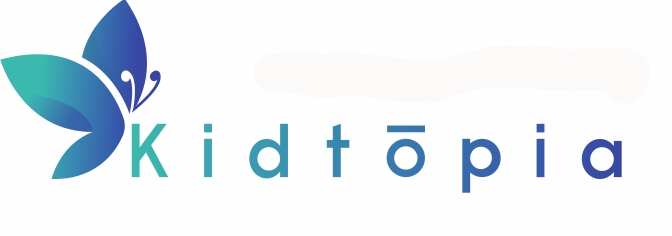Child
The child as protagonist. Children are strong, rich, and capable. All children have preparedness, potential, curiosity, and interest in constructing their learning, negotiating with everything their environment brings to them. Children, teachers, and parents are considered the three central protagonists in the educational process.
The child as collaborator. Education has to focus on each child in relation to other children, the family, the teachers, and the community rather than on each child in isolation. There is an emphasis on work in small groups. This practice is based on the social constructivist model that supports the idea that we form ourselves through our interaction with peers, adults, things in the world, and symbols.
The child as communicator.This approach fosters children’s intellectual development through a systematic focus on symbolic representation, including words, movement, drawing, painting, building, sculpture, shadow play, collage, dramatic play, and music, which leads children to surprising levels of communication, symbolic skills, and creativity. Children have the right to use many materials in order to discover and to communicate what they know, understand, wonder about, question, feel, and imagine. In this way, they make their thinking visible through their many natural “languages.” A studio teacher, trained in the visual arts, works closely with children and teachers in each school to enable children to explore many materials and to use a great number of languages to express their thoughts.
tEACHER
The environment as third teacher. The design and use of space encourages encounters, communication, and relationships. There is an underlying order and beauty in the design and organization of all the space in a school and the equipment and materials within it. Every corner of every space has an identity and a purpose, is rich in potential to engage and to communicate, and is valued and cared for by children and adults.
The teacher as partner, nurturer, and guide. Teachers facilitate children’s exploration of themes, work on short- and long-term projects, and guide experiences of joint, open-ended discovery and problem solving. To know how to plan and proceed with their work, teachers listen and observe children closely. Teachers ask questions; discover children’s ideas, hypotheses, and theories; and provide occasions for discovery and learning.
The teacher as researcher. Teachers work in pairs and maintain strong, collegial relationships with all other teachers and staff; they engage in continuous discussion and interpretation of their work and the work of children. These exchanges provide ongoing training and theoretical enrichment. Teachers see themselves as researchers preparing documentation of their work with children, whom they also consider researchers. The team is further supported by a pedagogista (pedagogical coordinator) who serves a group of schools.
The documentation as communication. Careful consideration and attention is given to the presentation of the thinking of the children and the adults who work with them. Teachers’ commentary on the purposes of the study and the children’s learning process, transcriptions of children’s verbal language (i.e., words and dialogue), photographs of their activity, and representations of their thinking in many media are composed in carefully designed panels or books to present the process of learning in the schools. The documentation serves many purposes. It makes parents aware of their children’s experiences. It allows teachers to better understand children, to evaluate their own work, and to exchange with other educators. Documentation also shows children that their work is valued. Finally, it creates an archive that traces the history of the school and the pleasure in the process of learning experienced by many children and their teachers.
PARTNERS
The parent as partner. Parent participation is considered essential and takes many forms. Parents play an active part in their children’s learning experience and help ensure the welfare of all the children in the school. The ideas and skills that the families bring to the school and, even more important, the exchange of ideas between parents and teachers, favor the development of a new way of educating, which helps teachers to view the participation of families not as a threat but as an intrinsic element of collegiality and as the integration of different wisdoms.
Organization as foundational. Intricate and complex organization appears at every level and within every context in the municipal schools of Reggio Emilia- from the collections, arrangements, and care of collage materials on a shelf, to the daily preparation and serving of a nutritious meal for children and teachers, to the thoughtful selection of small groups of children by a group of adults who consider multiple perspectives, to the layered agenda and inclusive dialogue of an evening meeting of parents and teachers. The way organization functions at every level in the Reggio Emilia preschools and infant-toddler centers reminds me of the way Wheatley and Kellner-Rogers describe it in A Simpler Way. It is organic instead of rigid. It serves a larger purpose. It is not neat and tidy; rather it reflects the complexity and the order of the universe. In some ways, it is as if the organization already exists, waiting to be discovered. It evolves; it is flexible. It has flow and movement. It honors the integrity of all involved. It is not imposed from the top; rather it grows out of a dialogic group working closely together.
- Adapted from Bringing Learning to Life by Louise Boyd Cadwell

